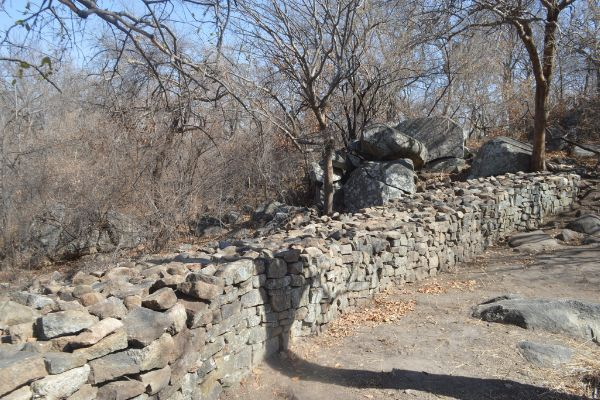Domboshaba
It was occupied towards the end of the Great Zimbabwe era and is made primarily of dry stone walls. It was a regional hub during the Khami period (1450-1690AD). The initial portion of the site is located on the hilltop. The second half of a valley is at a lower level. Six cages are located on the lower level and on the hill. The chief, along with several of his aides, is thought to have resided on the mountaintop. It is the most famous historical sites in Botswana. His women most likely dwelt in a large enclosure on the southern side of the daga floor buildings. Domboshaba is regarded as a holy spot by the locals. There are yearly rituals held at the location.
Domboshaba ruins are a cultural and historical site in Botswana that dates from the end of the Great Zimbabwe era (1250–1450 AD). The spot is revered by the locals, and it is thought that the chief resided on top of the hill with his aides or assistants. The words Dombo and Shaba signify hill and red, respectively (translated from the Ikalanga language means "red" or eland Hill). Domboshaba, also known as the Luswingo, was the Great Chief's settlement during the time. The Mwenemotapa ruins are similar in appearance. The chief's wife made her home at the bottom of the hill.The Well, a natural water well in Domboshaba, never runs dry: the well is 7 meters deep and is carved into the rock.








